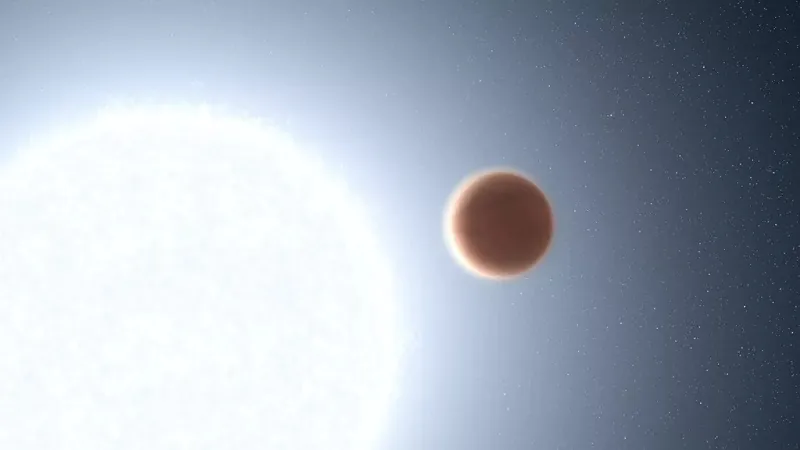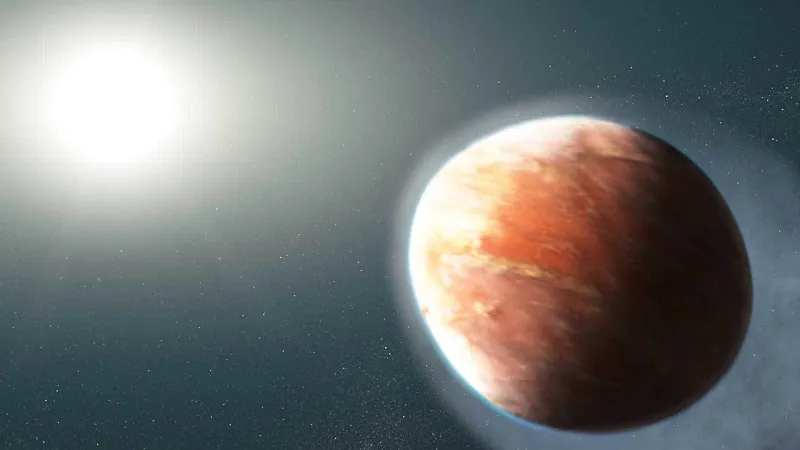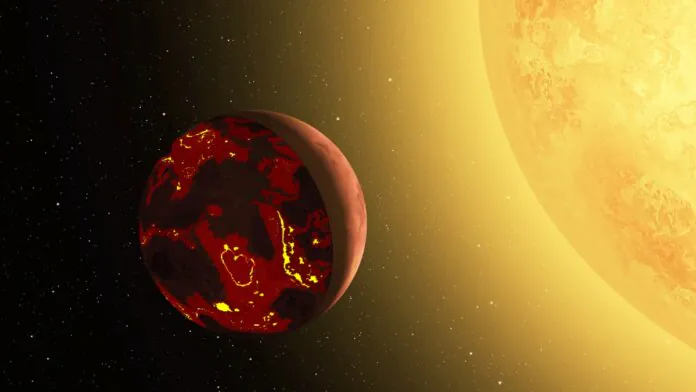© ROOT-NATION.com - Use of content is permitted with a backlink.
Ever since astronomers began discovering exoplanets in the 1990s, many huge gas giants like our Jupiter have come into view. Some of them rotate in a very low orbit relative to their star. And the distance is so close that their surfaces can boil, reaching temperatures above 1600°C. One of the last targets of the Hubble Space Telescope was the KELT-20b, a hot gas giant located about 400 light-years from Earth.

As a result of observations, scientists have concluded that the intense ultraviolet radiation of the local star enters the upper atmosphere of the planet, where it is absorbed by metals. At the exit we have an overheated layer high in the atmosphere of KELT-20b – like the ozone-rich stratosphere of the Earth, which blocks the sun, only much hotter.

Another gas giant observed by Hubble is WASP-178b, located 1,300 light-years from Earth. It’s even more fun in here. In this giant, one side is constantly facing the star, due to which the substance evaporates and as a result, gaseous silicon monoxide is formed. This silicon monoxide “flows” to the night side of the planet at speeds above 3200 km/h, where the temperature is much lower, and as a result, it crystallises. Thus, a rain of stones falls on the surface.
“If we can’t understand what’s happening on superheated Jupiters, where we have reliable observational data, we won’t have a chance to find out what’s happening in the weaker spectra when observing terrestrial exoplanets,” said Joshua Lothringer, astronomer from the University of Utah.
You can also help Ukraine fight with Russian occupants via Savelife or via an official page of the National Bank of Ukraine.
Read also:
- The activity of sunspots significantly exceeds official forecasts
- Scientists have discovered the most distant galaxy in history


